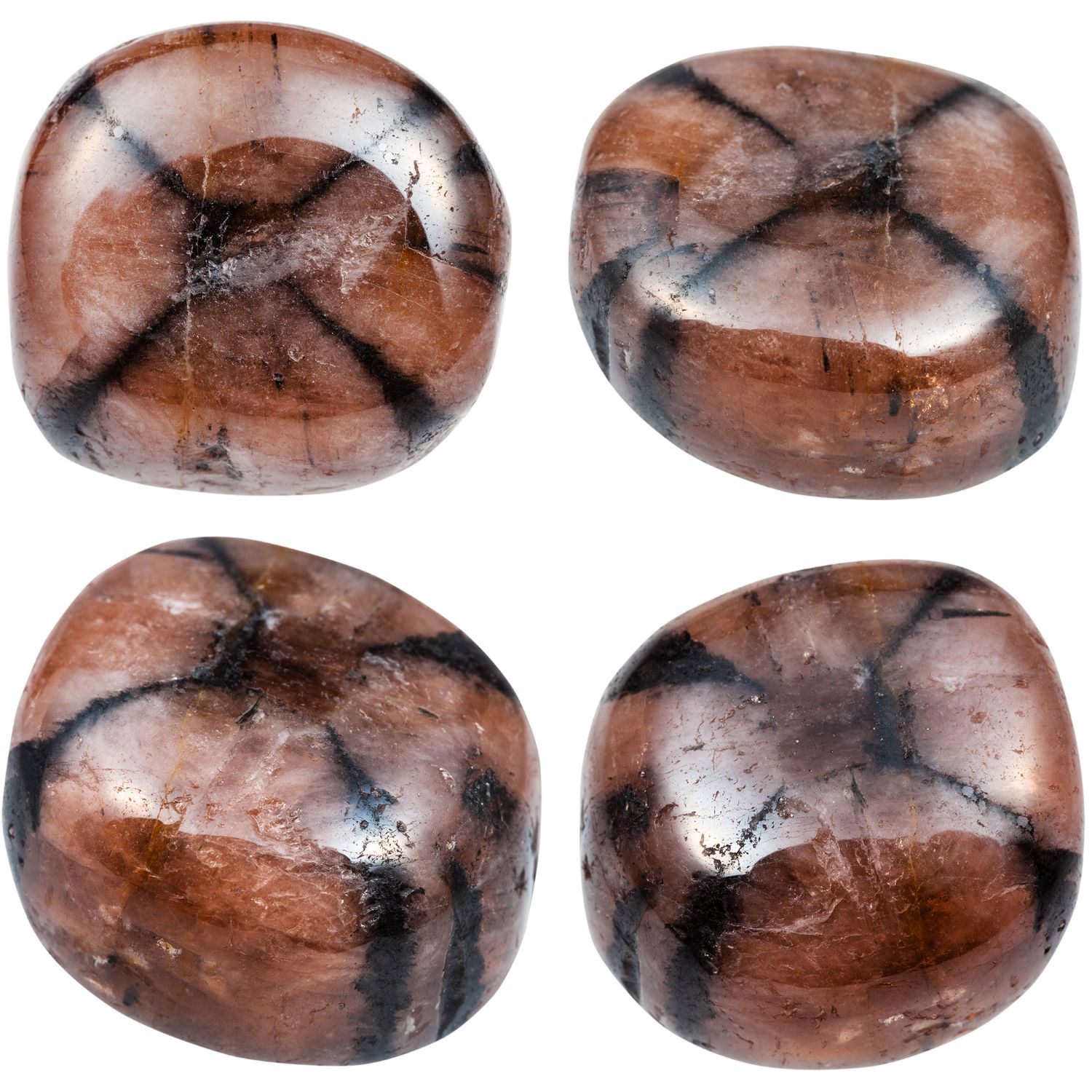
The name, Andalusite, is an homage to the city of Andalusia, Spain. Gem-quality examples of this mineral species are somewhat rare. Running the gamut from transparent to opaque, these highly pleochroic gems are usually in the brown to green range with some rare pink or violet-hued examples. The most easily identifiable variety is chiastolite because of its unusual cross-like inclusion. Historically, chiastolite had appeal as an amulet because of its distinctive pattern which currently makes it popular with collectors.
Gemological Information for Andalusite
| Color: | Brownish to Yellowish Green, Green, Brown, rarely Pink |
| Crystal Structure: | Orthorhombic |
| Refractive Index: | 1.6345 – 1.643 |
| Durability: | Fair to Good |
| Hardness: | 7 to 7.5 |
| Family: | Chiastolite – Features a Cross Pattern |
| Similar Stones: | Tourmaline, Topaz, Barite, Apatite, Danburite, Chrysoberyl |
| Treatments: | Heat Treatment |
| Country of Origin: | Brazil, Sri Lanka |
Andalusite Care
| Ultrasonic Cleaning: | Use Caution |
| Steam Cleaning: | Risky |
| Warm Soapy Water: | Safe |
| Chemical Attack: | None |
| Light Sensitivity: | Stable |
| Heat Sensitivity: | Check for Liquid Inclusions |
Further Resources
Gems & Gemology: The Quarterly Journal of The Gemological Institute of America.
Andalusite
- Winter 1948, An 85 ct. Rough Andalusite Believed to be One of the Finest, p. 124, 2pp.
- Winter 1960, A 32 ct. and a 20 ct. Flawless Cut Andalusite (Showing Absorption Spectrum), p. 121, 1p.
- Summer 1961, The Andalusite Absorption Spectrum, p. 185, 2pp.
- Fall 1976, Inclusions in Brazilian Andalusite, p. 201, 2pp.
- Winter 1980, Inclusions in Andalusite – A Comparison of Localities, by John I. Koivula, p. 401, 4pp.